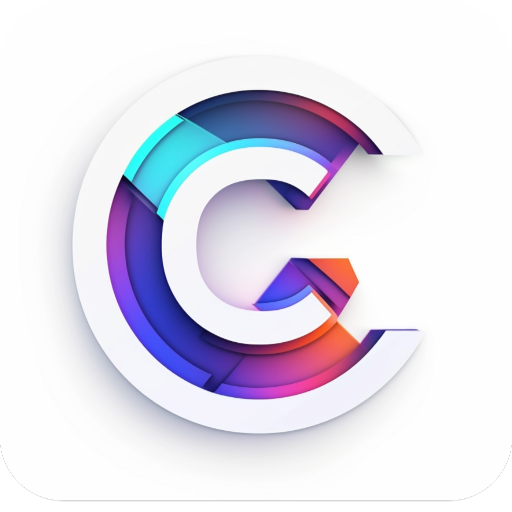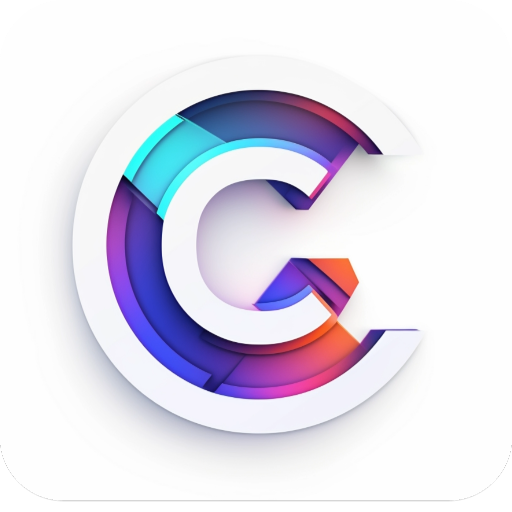Introduction
Blockchain technology has become a buzzword in recent years, touted as the revolutionary force behind cryptocurrencies like Bitcoin. However, its applications extend far beyond digital currencies. In this beginner’s guide, we’ll unravel the mysteries of blockchain, exploring what it is, how it works, and its potential impact on various industries.
What is Blockchain?
At its core, blockchain is a decentralized and distributed ledger that records transactions across a network of computers in a secure and transparent way. Unlike traditional centralized systems, where a single entity maintains control, blockchain operates on a peer-to-peer network, ensuring a more democratic and tamper-resistant approach.
How Does Blockchain Work?
- Decentralization:
- Imagine a traditional database as a single notebook kept by one person. If that person makes a mistake or purposely alters the information, it becomes difficult to verify the accuracy.
- In contrast, blockchain distributes copies of the ledger across a network of computers (nodes). Each node has its own copy, and all copies are updated simultaneously, ensuring transparency and eliminating a single point of failure.
- Blocks and Chains:
- Transactions are grouped into blocks, and each block contains a reference to the previous block, forming a chain of blocks — hence the term “blockchain.”
- This chaining mechanism ensures the integrity of the entire transaction history. If one block is tampered with, all subsequent blocks would need to be altered, making it practically impossible to manipulate the data.
- Consensus Mechanism:
- To add a new block to the chain, nodes on the network must reach a consensus. This prevents fraudulent transactions and ensures the validity of the information.
- Popular consensus mechanisms include Proof of Work (used by Bitcoin) and Proof of Stake, each with its own approach to validating transactions.
Examples of Blockchain in Action
- Cryptocurrencies: Bitcoin
- Bitcoin, the first and most well-known cryptocurrency, utilizes blockchain to record transactions without the need for a central authority, such as a bank.
- Each Bitcoin transaction is a block in the blockchain, with miners competing to solve complex mathematical problems to validate and add the block to the chain.
- Smart Contracts: Ethereum
- Ethereum extends blockchain functionality by introducing smart contracts, self-executing contracts with the terms of the agreement written directly into code.
- For example, a smart contract could automatically release payment to a seller once a buyer confirms receipt of goods.
- Supply Chain Transparency: IBM Food Trust
- Blockchain can enhance transparency and traceability in supply chains. IBM Food Trust, for instance, uses blockchain to track the journey of food products from farm to table, reducing fraud and ensuring the authenticity of products.
- Digital Identity: Sovrin
- Sovrin employs blockchain for secure and verifiable digital identity. Users control their personal information and can selectively share it with trusted entities, reducing the risk of identity theft.
Conclusion
Blockchain technology is more than just a buzzword; it represents a transformative shift in the way we establish trust and conduct transactions. As industries continue to explore its potential, the applications of blockchain are likely to expand, offering new solutions to age-old problems. By understanding the basics of blockchain, beginners can grasp its significance in shaping the future of decentralized and transparent systems.
For further exploration, here are some useful links:
- Blockchain Basics: A Non-Technical Introduction
- Bitcoin Whitepaper by Satoshi Nakamoto
- Ethereum Introduction
- IBM Food Trust
- Sovrin: Self-Sovereign Identity
Happy exploring the world of blockchain!

